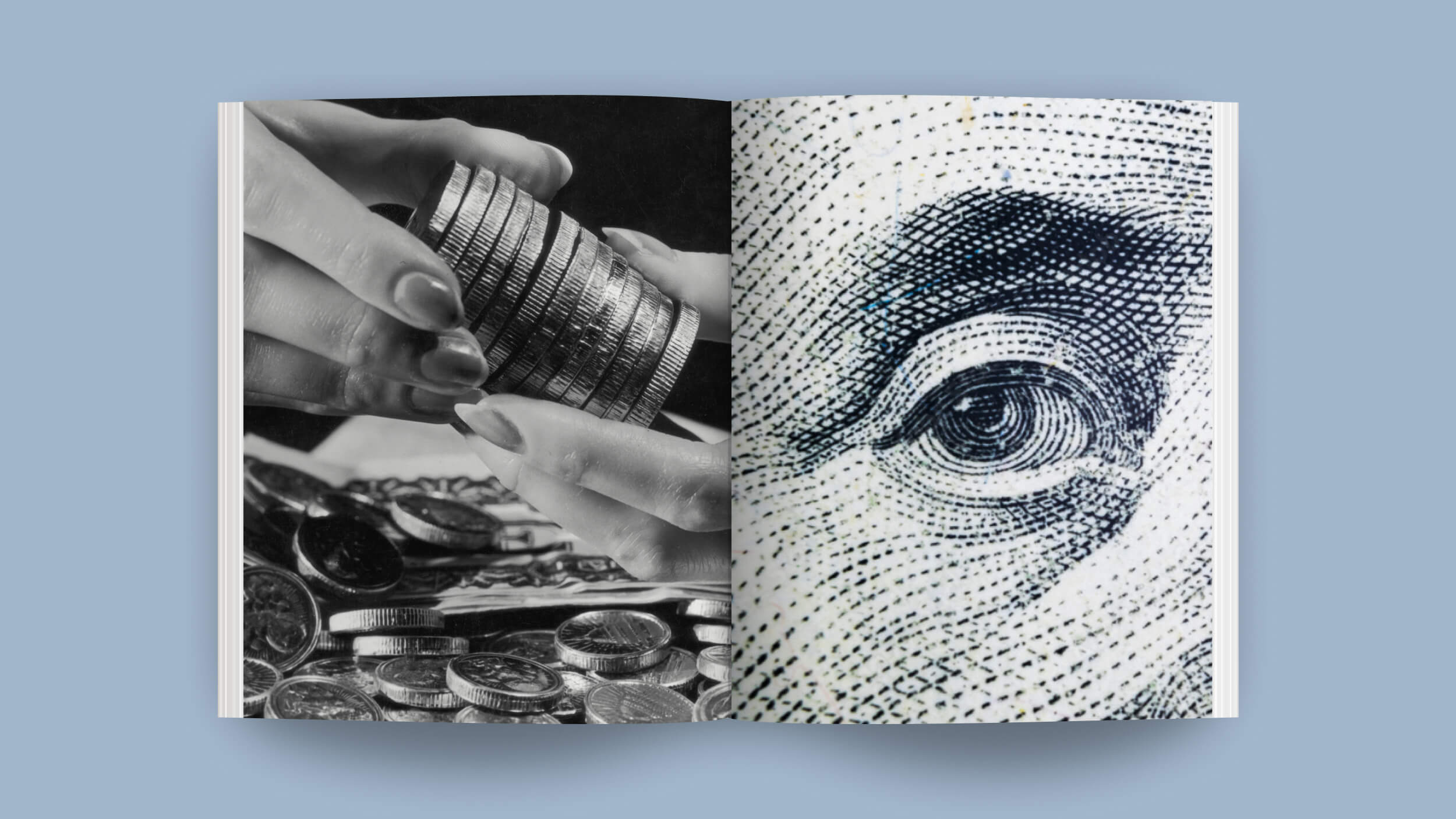A designer’s “mistakes” are become increasingly valuable in the marketplace, Zemaitis says.
James Zemaitis : I think it really depends because many of the pieces that have become the most iconic works on the auction and private market as opposed to their appearance in kind of, you know, encyclopedic, “What is good design?” manuals are works that were possible commercial failures at the get-go . . . from the get-go; works that were prototypes but were rejected by a mass producer because it was too expensive to produce. They were very personal works that were frequently . . . the artists kept for many, many years. And only after they passed away, their estate sold it to somebody who sold it to somebody, and that’s how we end up with it. So many of the works that we do . . . that are frequently the most, you know, sought after are the mistakes – are the true rarities of the market.
Second of all you have works that were site specific. And one of the most unusual aspects of today’s art market in terms of design is the fact that frequently we’re selling somebody’s dormitory furniture. You know Jean Prouve did incredible installations for dormitories for students in Paris; for employees of Air France who are squatting in the Congo in these Quonset huts that Prouve designed that have become themselves works of art. So we are kind of . . . We’re eluding in a sense – although usually it is the . . . This isn’t a question of stealing antiquities out of the ground. But this is a question of dismantling the past and pulling pieces out of their original intent; and sometimes reshaping them, restoring them, and changing them into sculptures that can be placed into the gallery. So for a committed socialist like Jean Prouve who was a less than adequate business man; and frequently his factory was in financial trouble; who was always thinking in utopian ways how to create mass production furniture for displaced workers for students. I mean if he was alive today to see this work fetishized, repainted, and in some cases rebuilt and turned into sculpture by today’s art market, I mean I can’t imagine what his reaction would be. It’s the opposite of today’s contemporary designers who are very much linked into what we’re doing; and are in many cases creating works of art that are available in addition form; retail through contemporary art gallery like Gagosian here in New York, and are designed to make as much money as possible, and then to increase in value within the next few years. Recorded on: 1/30/08





